For more than a century, the design of suburban housing in Britain, Ireland and the Anglophone world has been heavily influenced by planning standards introduced in 1919 as part of Lloyd George’s Homes fit for Heroes postwar building programme.
The adoption of these prescriptive standards, recommended by the Tudor Walters Commission, determined the form of new housing schemes throughout the then British Empire in the intervening years, resulting in what we would now identify as suburban sprawl.
As car ownership mushroomed, the rigidity of new housing estate design laid down by Tudor Waters was compounded by well-intentioned but uninformed planning authorities adopting inappropriate road engineering and parking standards to accommodate more and more cars.
It is ironic that many of the urban neighbourhoods we most admire in our cities including Islington, Kensington, Ranelagh and Rathmines – indeed, most Victorian and Edwardian suburbs – could not be constructed today because they do not comply with these outdated planning standards.
READ MORE
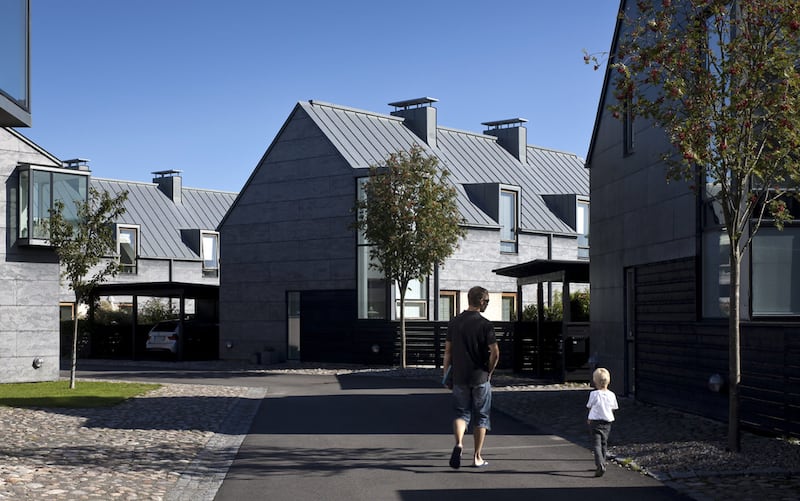
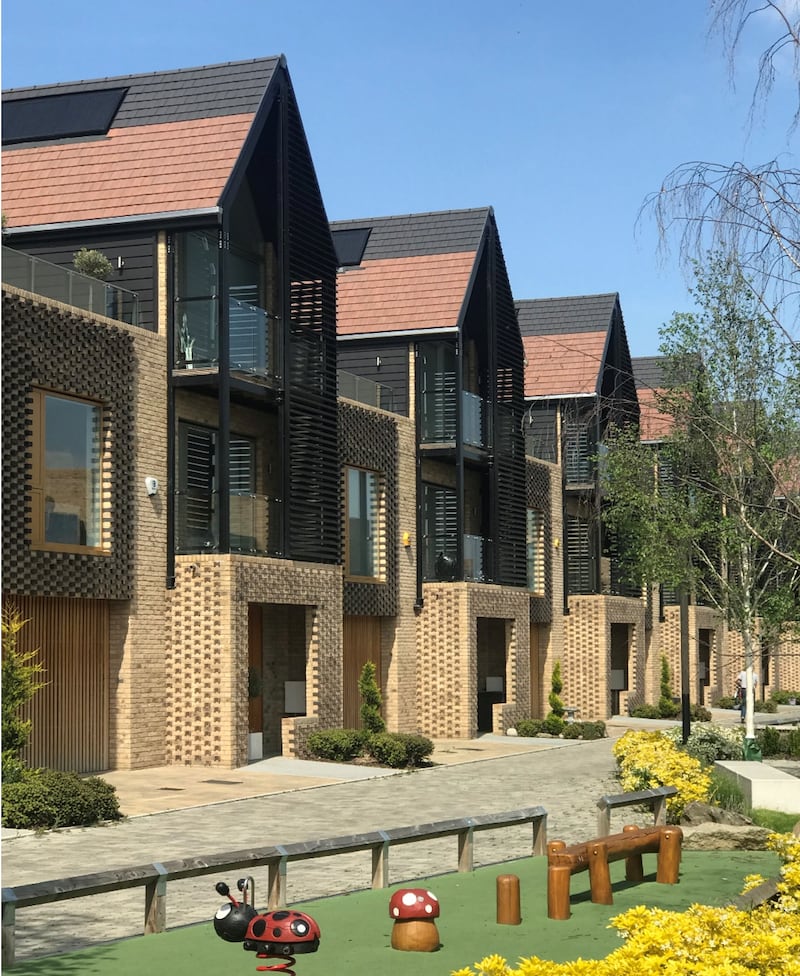
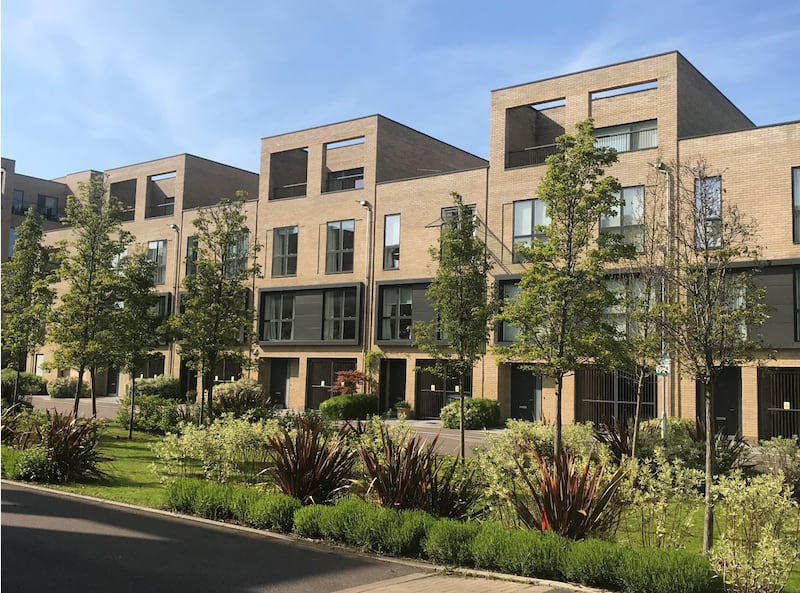
By contrast, an alternative form of “low-rise, medium-density” housing has been developed elsewhere in Europe, including Denmark, Sweden, Finland, Netherlands, Germany, Spain and Portugal as well as in Argentina and Chile, providing sustainable densities of 40 to 80 dwellings per hectare
Within the past 10 years, Australia and New Zealand abandoned the outdated UK regulations to adopt the low-rise, medium-density model. However, it does not even exist as a housing category in Ireland or the UK because of the rigid adherence of most local authorities to planning regulations based on the 1919 model.
The Royal Institute of the Architects of Ireland (RIAI), Property Industry Ireland (PII) and the Academy of Urbanism have been engaged in extensive research to demonstrate to officials in the Department of Housing the benefits of changing planning standards to permit this housing category here.
It would help to create new residential communities based on medium-density housing models with a high proportion of own-door access, innovative layouts and diverse housing types as well as more sustainable open-space distribution, separation distances and integrated car parking.
Economically unviable
A limited number of Irish and UK local authorities including Dublin City Council and Norwich and Cambridge city councils have permitted forms of development based on this model on council-owned land, while there are numerous examples throughout Europe of such residential schemes.
In recent months, there has been a sharp reduction in the numbers of new housing schemes with planning permission being commenced. Increased lending costs and escalating inflation in the cost of building materials have combined to make higher density apartments economically unviable.
It is a more viable way to achieve the objective of compact urban growth than low-density suburban estates and higher-density apartments
While the Government has introduced measures such as the Croí Cónaithe initiative to provide financial support to apartment development, this will have only limited impact. A more wide-ranging initiative is required to address the current problem impacting housing output in both the public and private sectors.
Adoption of the low-rise, medium-density model would enable the construction of viable residential projects to proceed in the current uncertain economic circumstances. It is a more viable way to achieve the objective of compact urban growth than low-density suburban estates and higher-density apartments. It would also allow time for solutions to be found the current challenges presented by unviable costs of apartment construction.
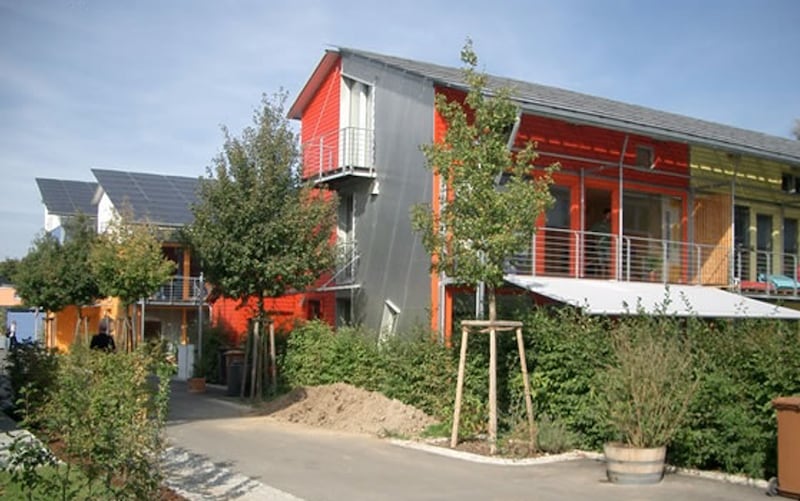
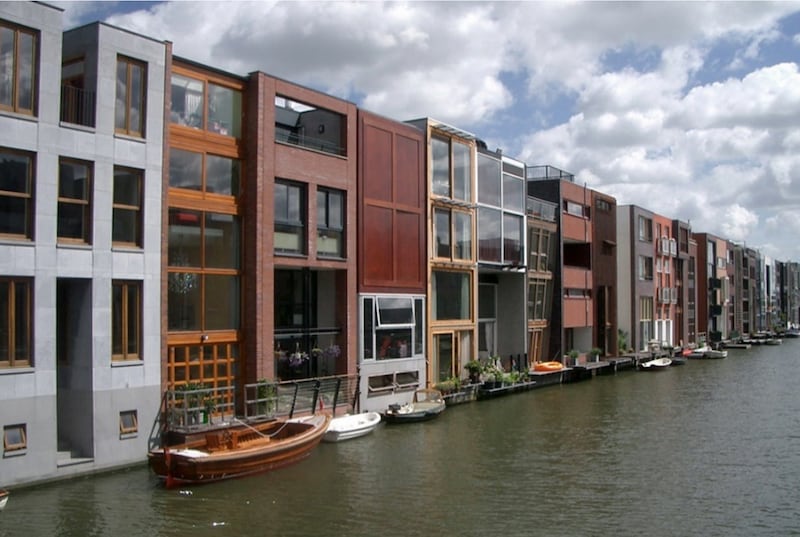
This category of housing enables the construction of residential communities at sustainable densities and with a greater variety of housing typologies than currently possible in Ireland or the UK. It is a more viable way to achieve the department’s objective of compact urban growth than the alternative current model of new estates consisting of a combination of low-density housing and higher-density apartments.
There is an urgent need, from both a viability and an urban design perspective, for the Minister to introduce national standards to permit low-rise, medium-density housing nationally in early 2023 because of its potential to assist in addressing the declining rates of housing construction at a time of critical need.
The RIAI, PII and the Academy of Urbanism are collectively of the view that the adoption of this model will enable housebuilders, the Land Development Agency, approved housing bodies and local authorities to produce housing at more affordable price levels for those who are currently unable to buy or rent a home.
Finally, and most importantly, in both the private and public sector, it will enable architects, urbanists, planners and their clients to produce a new generation of sustainable residential communities for Ireland in the 21st century to improve the quality of our towns and cities.
Tony Reddy is a director of Reddy Architecture+Urbanism, a Director of PII and the Academy of Urbanism, and a former president of the Royal Institute of the Architects of Ireland.









